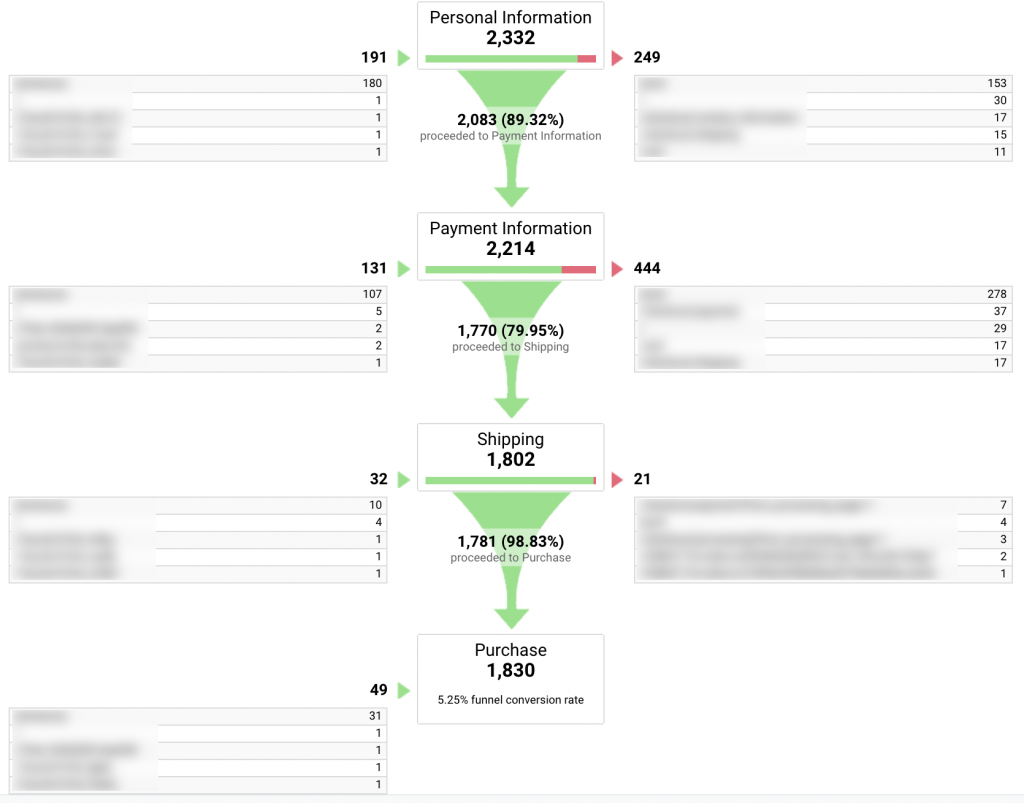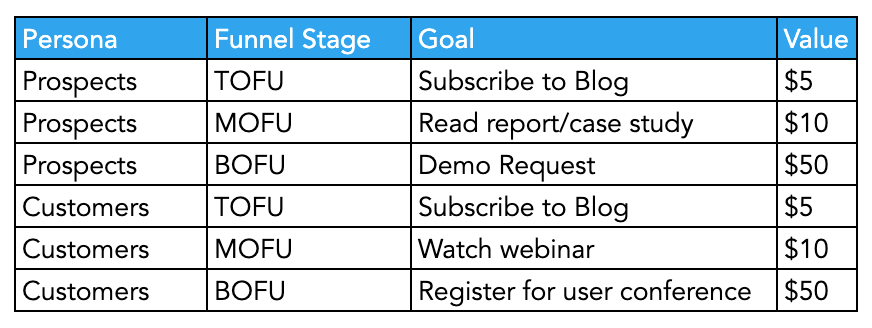Introducing the Blind Attractions: Recognizing What Google Analytics Goals Can not Gauge
In the realm of digital analytics, Google Analytics stands as a powerful tool for tracking and assessing on-line individual interactions. Recognizing what Google Analytics goals can not measure is critical for getting a comprehensive view of customer habits and engagement.
Individual Behavior on External Operatings Systems
Understanding exactly how customers engage on external systems is essential for optimizing on the internet approaches. Outside systems, such as social networks networks, referral internet sites, and online forums, play a substantial function in driving website traffic to a company's site. By examining individual actions on these platforms, services can gain valuable insights right into the effectiveness of their advertising initiatives and the preferences of their target audience.
One key aspect of user habits on exterior systems is the referral source. By tracking where the customers are originating from, services can recognize which platforms are driving the most traffic to their internet site. This details can assist business allot their sources better, concentrating on the systems that yield the most effective results.

Offline Communications and conversions
Analyzing user behavior on outside platforms offers valuable understandings into online strategies; nonetheless, taking into consideration offline conversions and communications is just as necessary for a thorough understanding of a business's total efficiency. While Google Analytics excels at tracking on the internet interactions, it drops short in recording the total customer journey that usually consists of offline touchpoints. Offline conversions, such as in-store acquisitions or phone queries, play a significant duty in many organizations' success. Overlooking these interactions can result in a distorted sight of the effectiveness of advertising and marketing projects and overall business performance.

Attribution Beyond Last Click
When delving right into the realm of digital marketing analytics, it becomes necessary to look beyond the single touchpoint of the last click for a much more thorough understanding of attribution. While Google Analytics supplies valuable understandings into user behavior, counting solely on last-click acknowledgment can be restricting - what data is google analytics goals unable to track. Acknowledgment models that exceed the last click provide a much more nuanced view of the consumer journey, considering all the touchpoints that lead to a conversion
Attribution past the last click allows marketers to designate credit to different communications along Discover More the conversion course, giving a clearer image of the performance of various marketing networks. By exploring multi-touch attribution versions such as direct, time degeneration, or position-based acknowledgment, businesses can better assign their advertising budget plans and maximize their approaches for maximum influence.
Comprehending the impact of each touchpoint in the conversion procedure is vital for making educated choices and optimizing ROI. By embracing acknowledgment past the last click, companies can obtain deeper understandings into consumer behavior and customize their marketing efforts more successfully.
Cross-Device and Cross-Browser Monitoring
In a similar way, cross-browser monitoring matches cross-device monitoring by catching customer behavior as they switch between various web browsers. Recognizing exactly how individuals interact with sites on different browsers can help marketing professionals enhance their on the internet experiences to ensure consistency and functionality across various platforms.
Qualitative Data and User Intent
Recognizing customer intent through qualitative data analysis is important for establishing targeted digital advertising approaches that reverberate with the demands and preferences of the target audience. Qualitative information provides insights right into the 'why' behind user activities, dropping light on inspirations, emotions, and preferences that measurable data alone can not catch. By assessing customer comments, remarks, and communications, marketers can uncover beneficial information concerning user intent, permitting them to customize their messaging, web content, and offerings to better line up with what their audience is seeking.
Qualitative information also assists in recognizing the context in which customers engage with a site or app. This contextual understanding enables marketing professionals to create more pertinent and tailored experiences, ultimately driving higher involvement and conversion rates. By diving right into user intent through qualitative information analysis, services can get a much deeper understanding of their target audience, leading to much more reliable advertising methods that meet customers' demands and assumptions.
Final Thought
Finally, Google Analytics objectives have restrictions in gauging user habits on external platforms, offline conversions, acknowledgment past last click, cross-browser and cross-device tracking, and qualitative information associated with individual intent. what data is google analytics goals unable to track. It look what i found is vital for services to be familiar with these blind areas in order to supplement their information analysis with various other devices and techniques to gain a much more thorough understanding of their audience and improve their general digital marketing methods
By assessing user habits on these platforms, companies can gain valuable insights into the effectiveness of their advertising and marketing initiatives and the preferences of their target audience.
Examining individual habits on external systems provides important understandings right into online strategies; however, considering offline conversions and interactions Look At This is equally imperative for a comprehensive understanding of a firm's general efficiency.In electronic advertising and marketing analytics, moving past last-click acknowledgment to explore cross-device and cross-browser monitoring is important for acquiring a holistic understanding of user interactions across various systems and gadgets. By examining individual comments, remarks, and communications, marketing professionals can reveal beneficial details about individual intent, permitting them to customize their messaging, web content, and offerings to much better align with what their audience is looking for.
By diving into user intent with qualitative information evaluation, organizations can get a deeper understanding of their target audience, leading to extra efficient advertising and marketing strategies that satisfy users' assumptions and demands.
Comments on “Exploring What Data Is Google Analytics Goals Unable to Track”